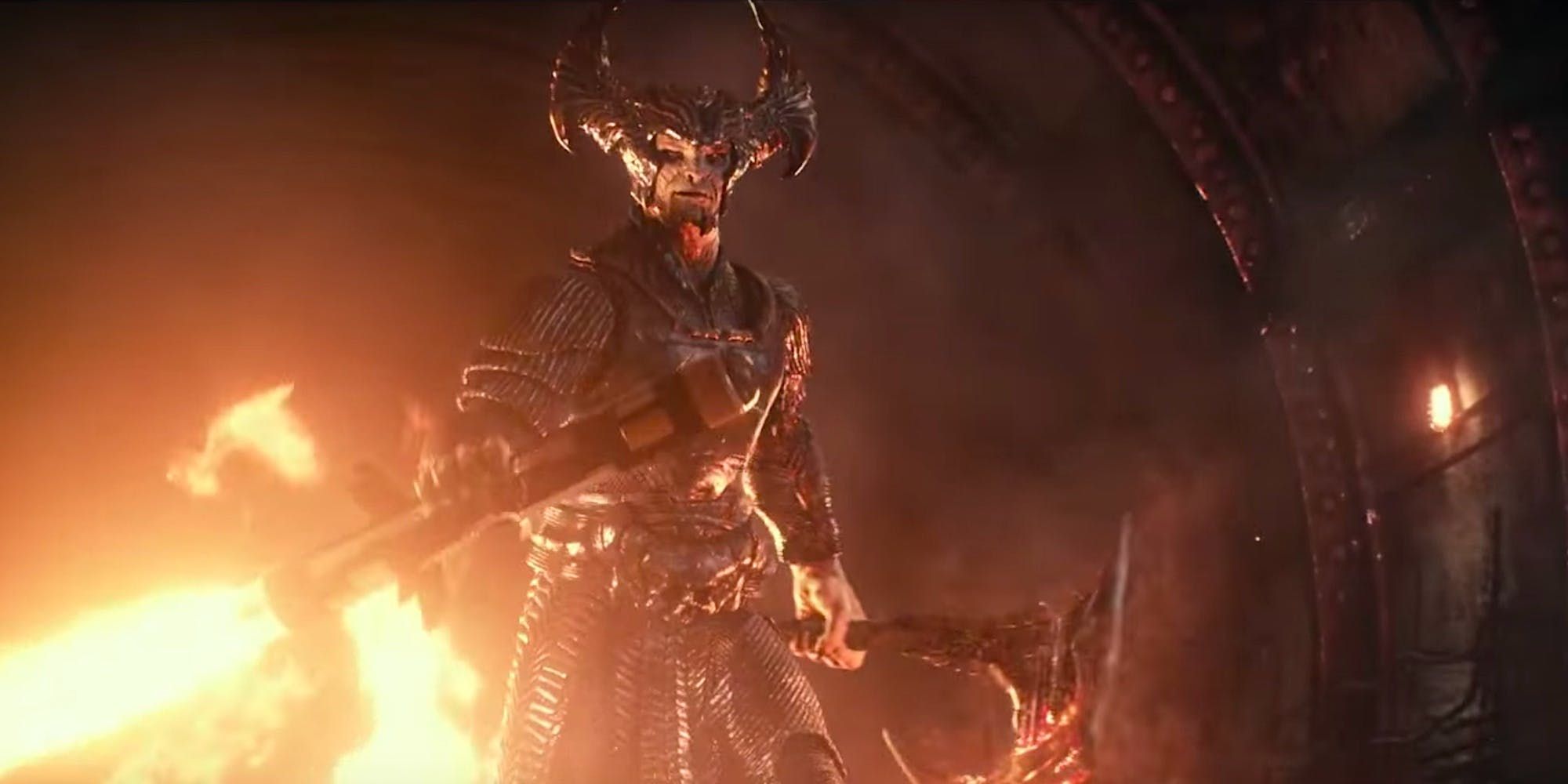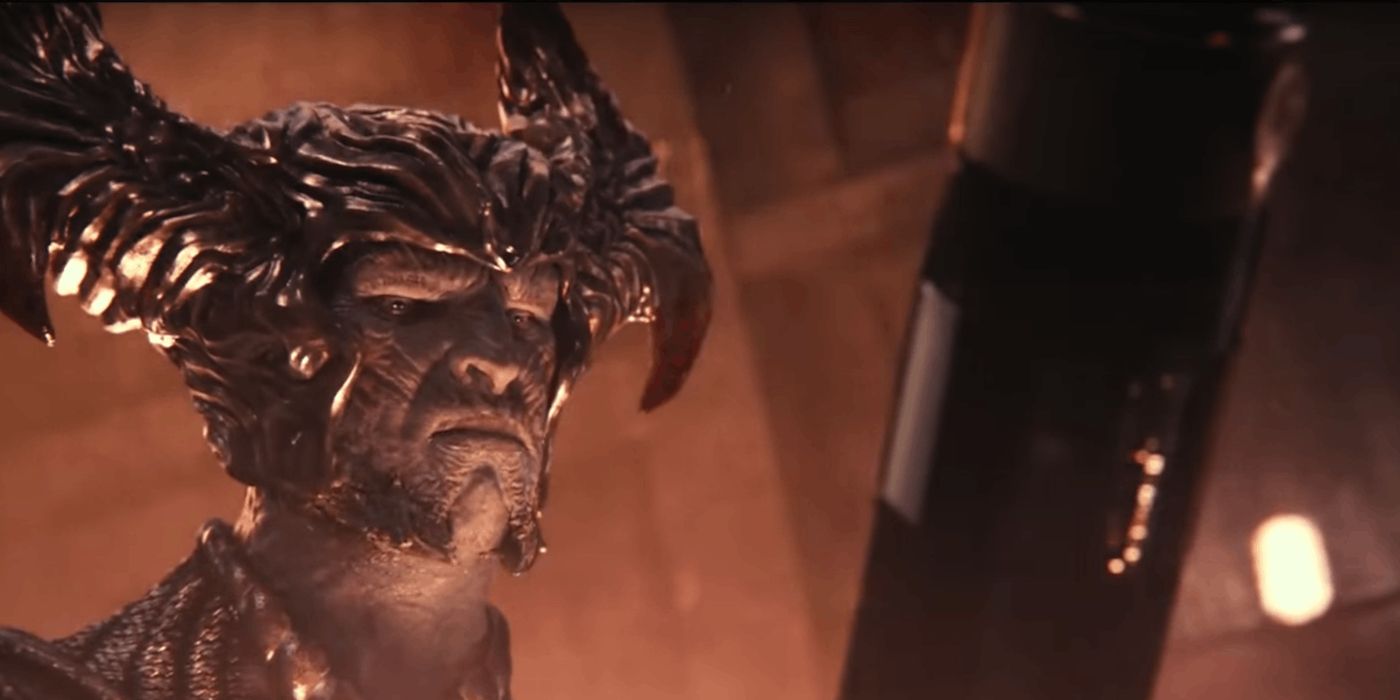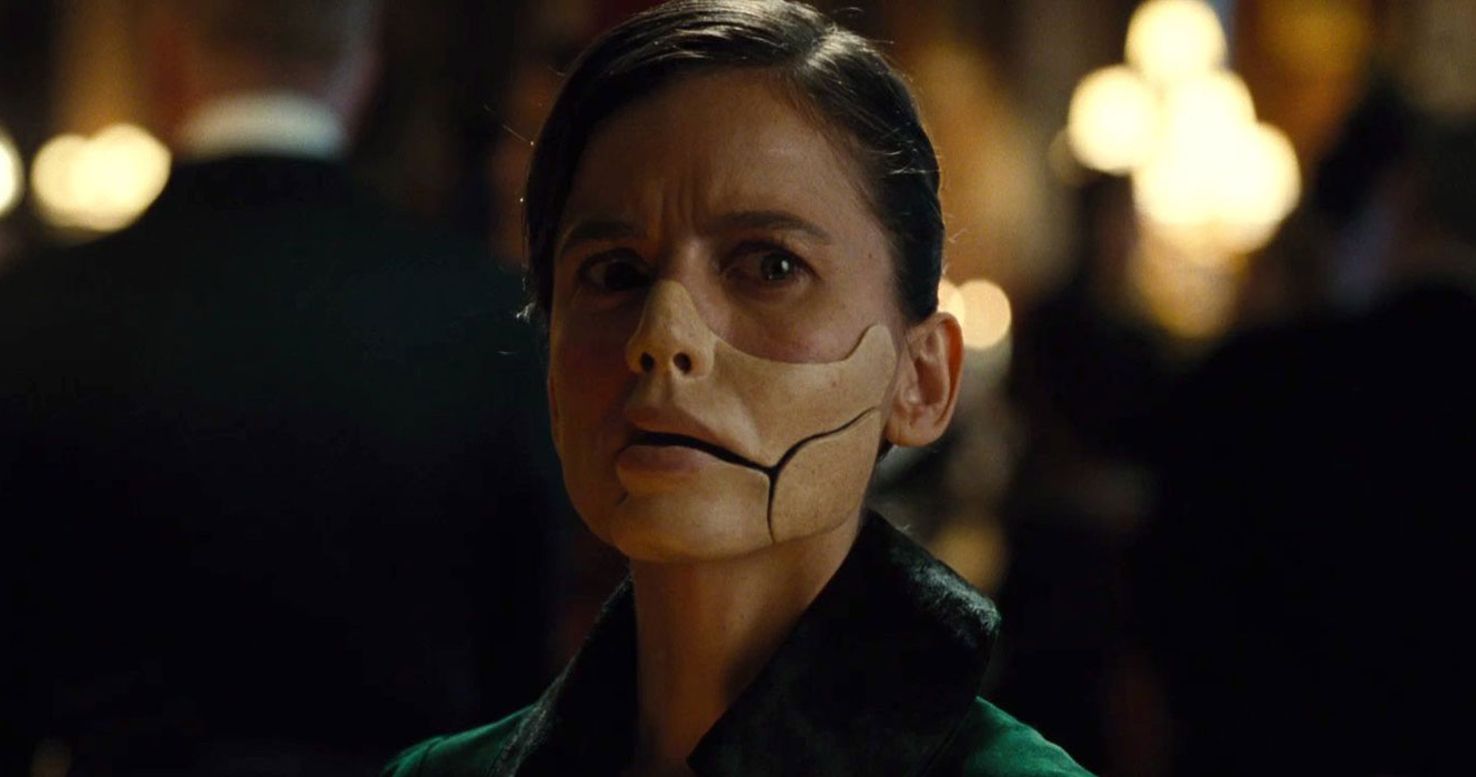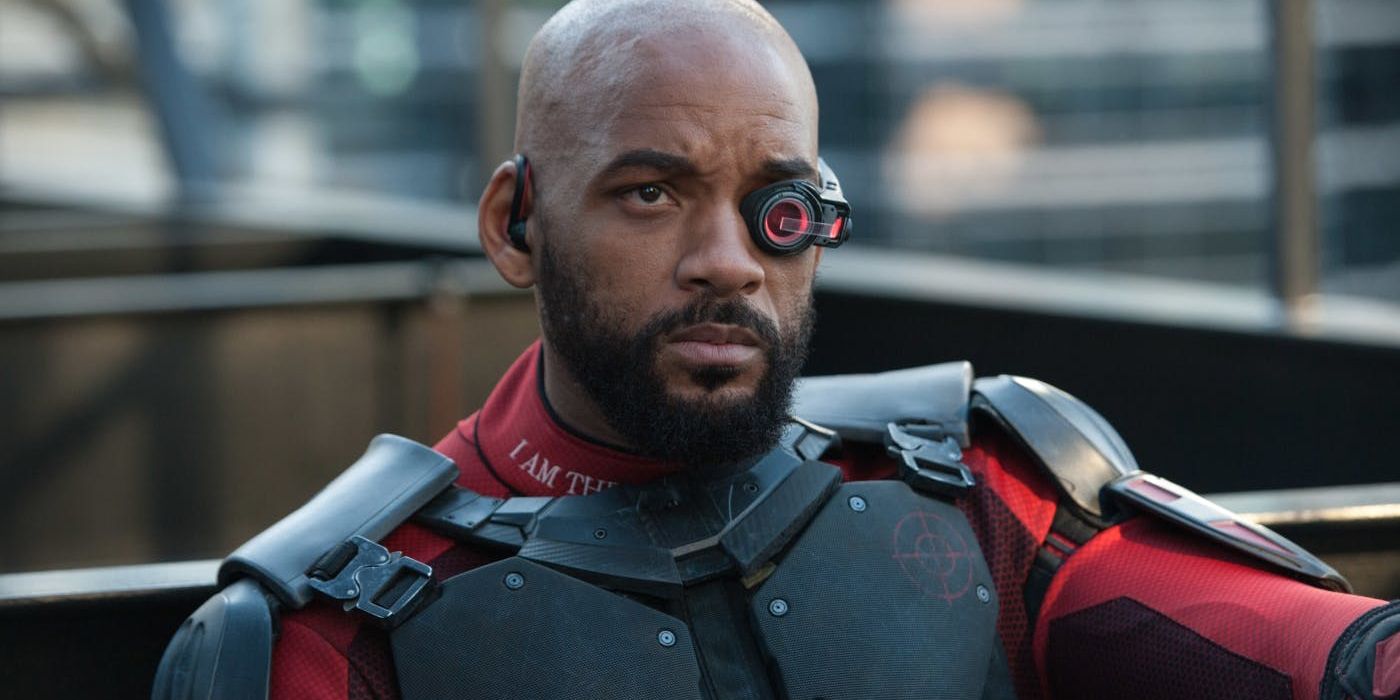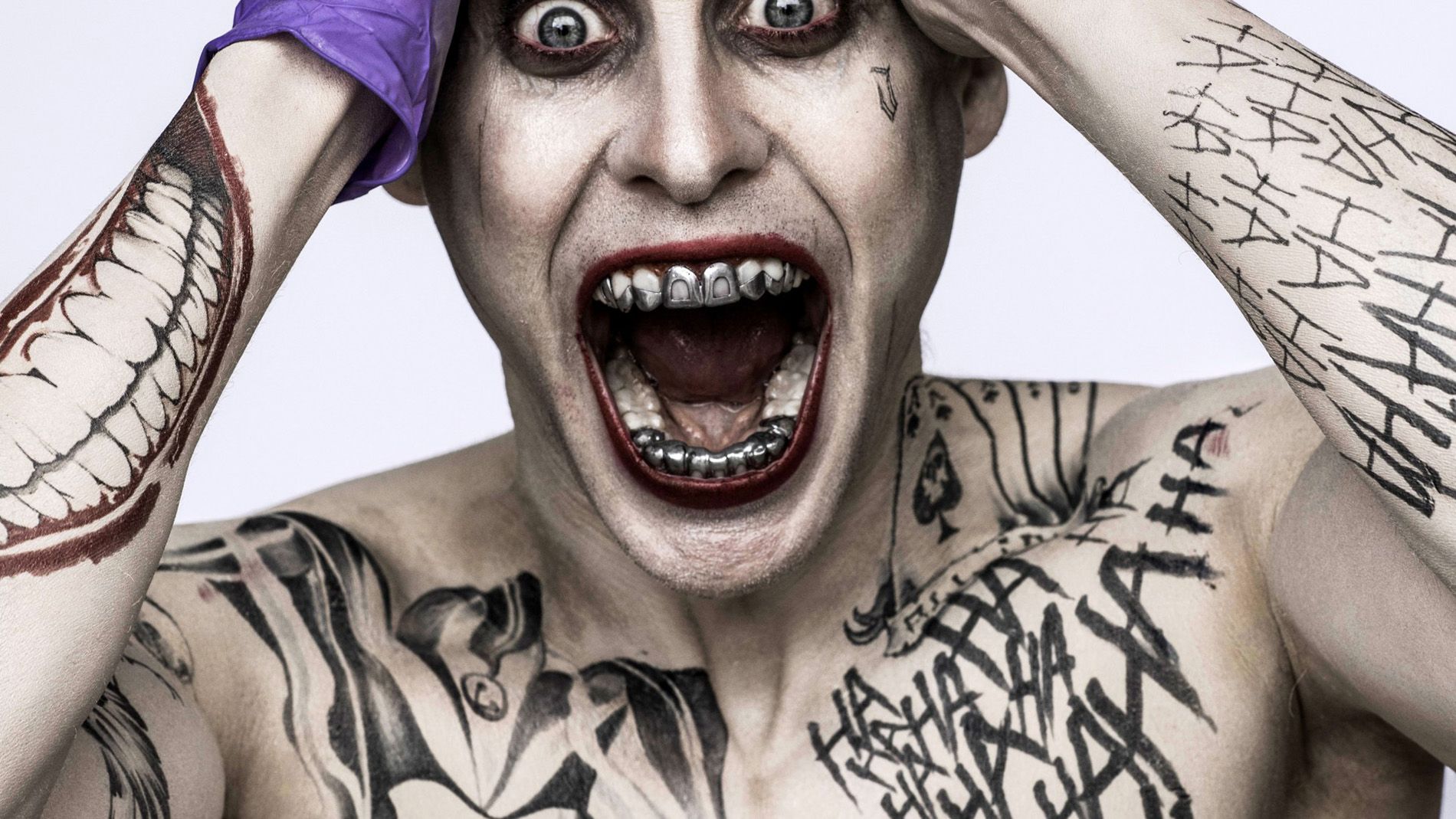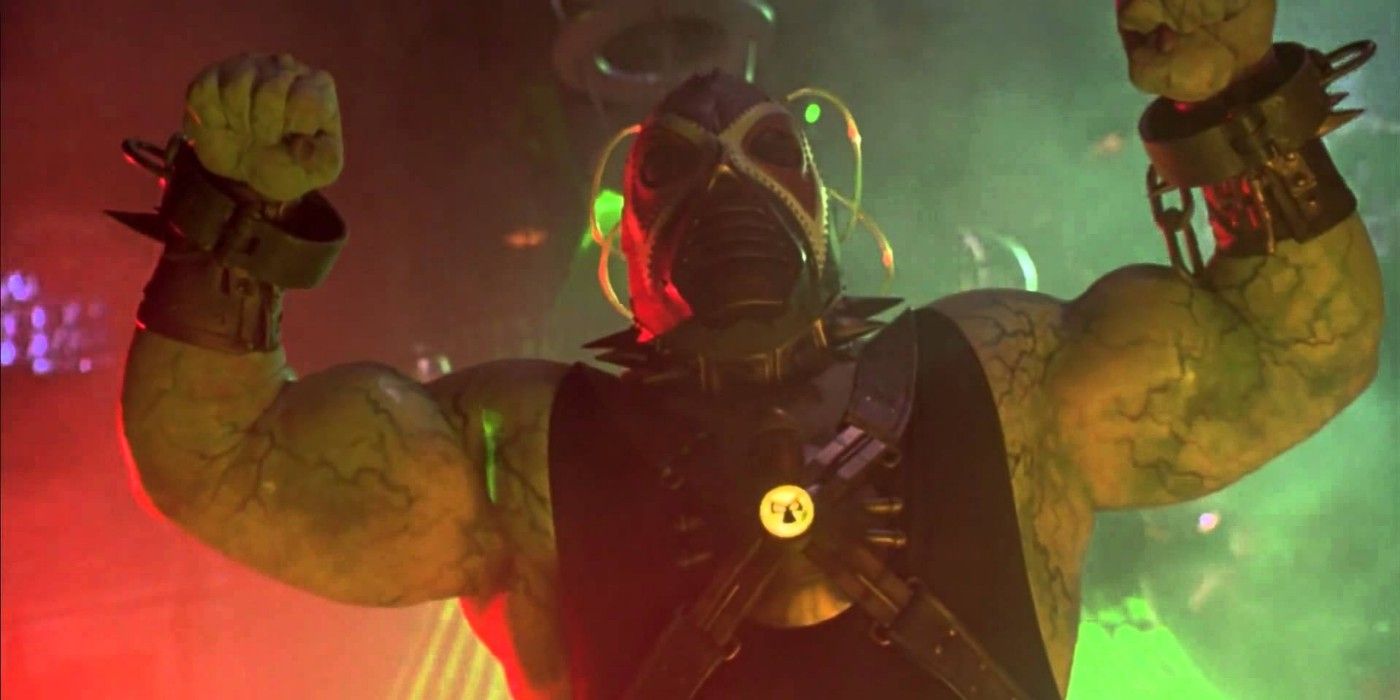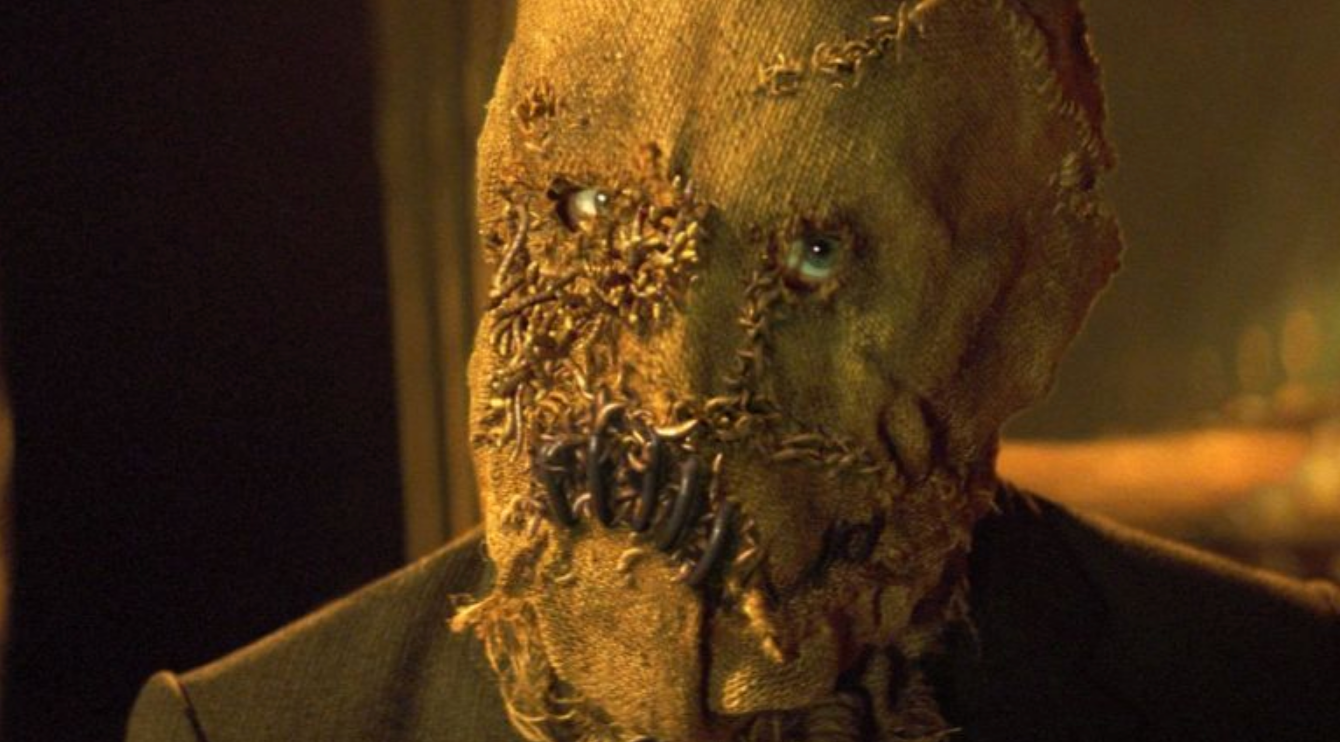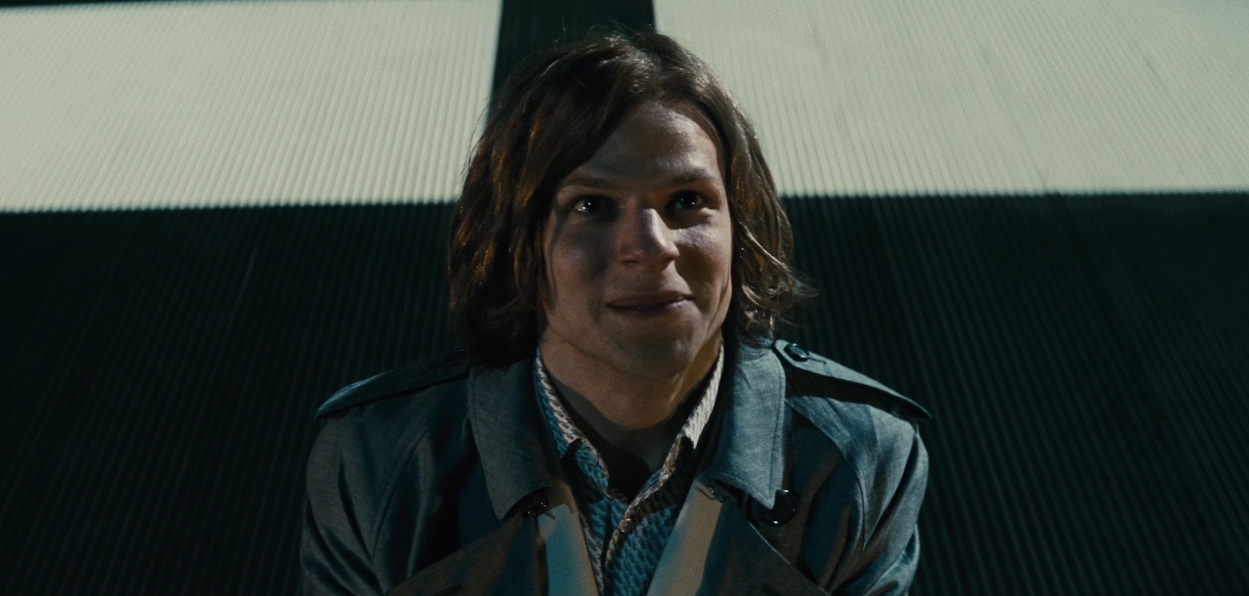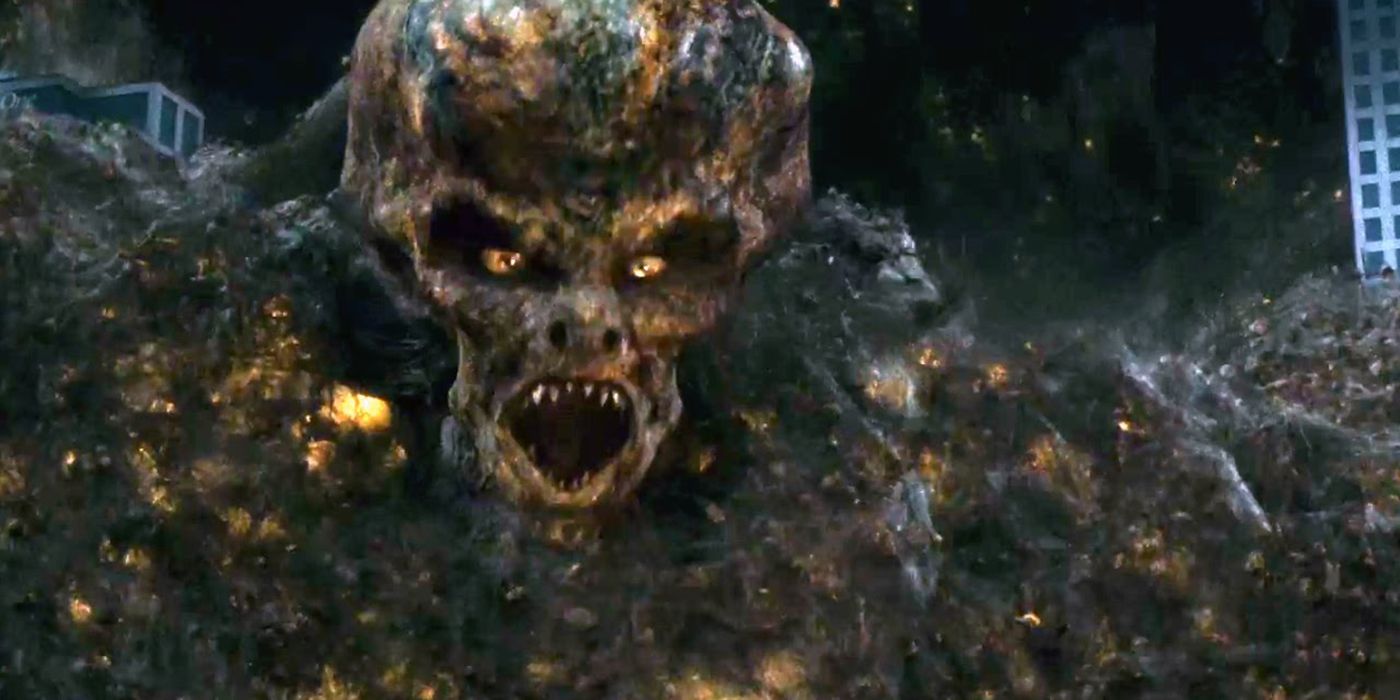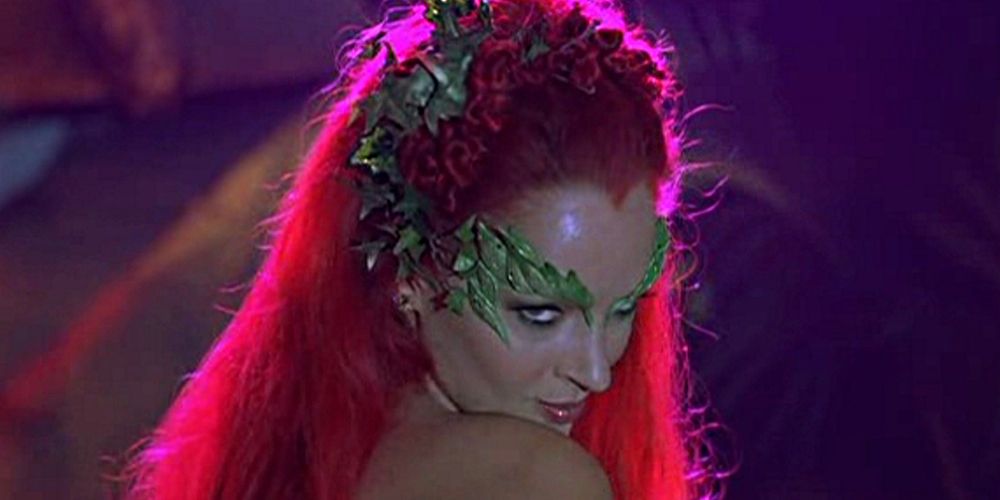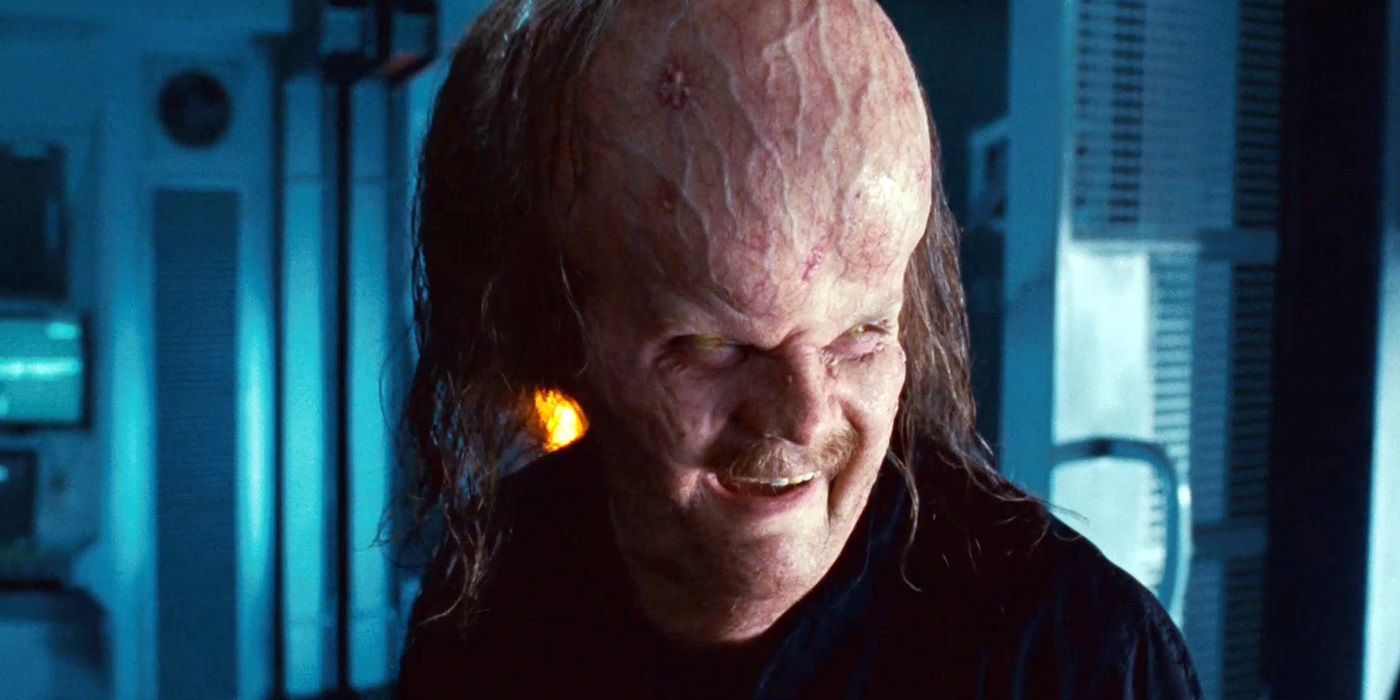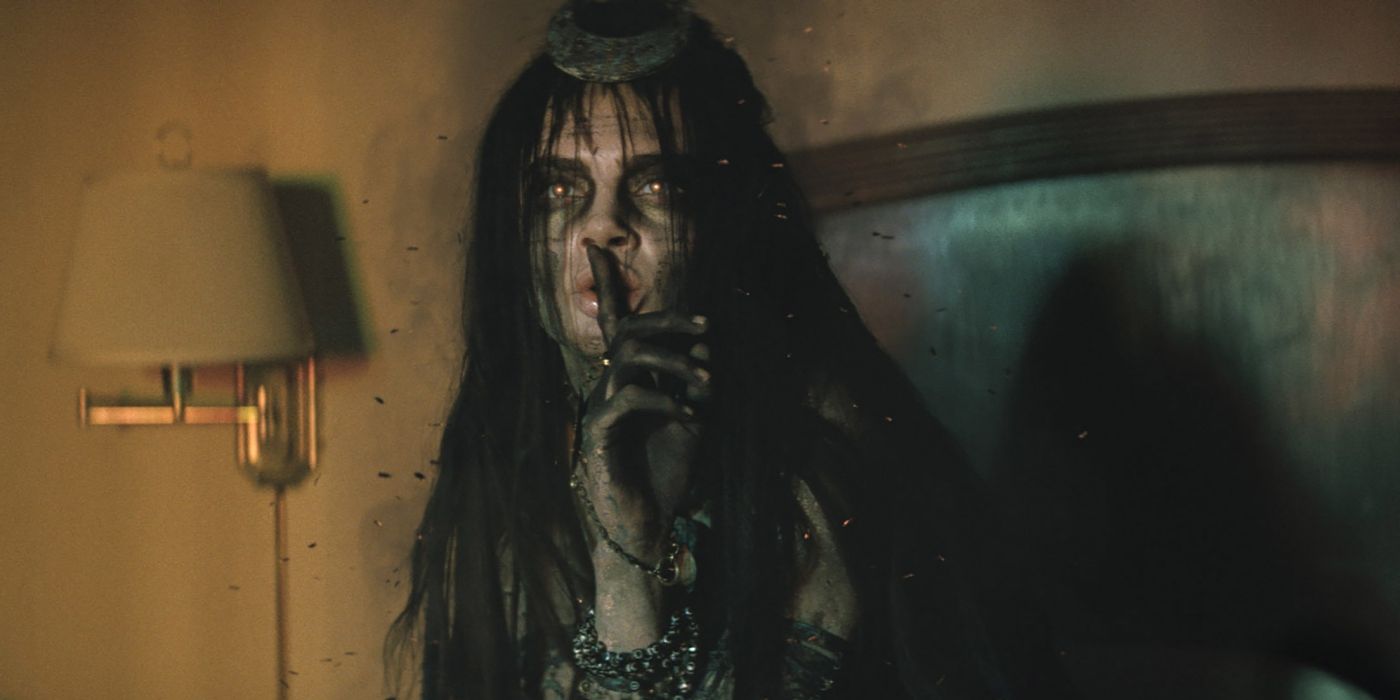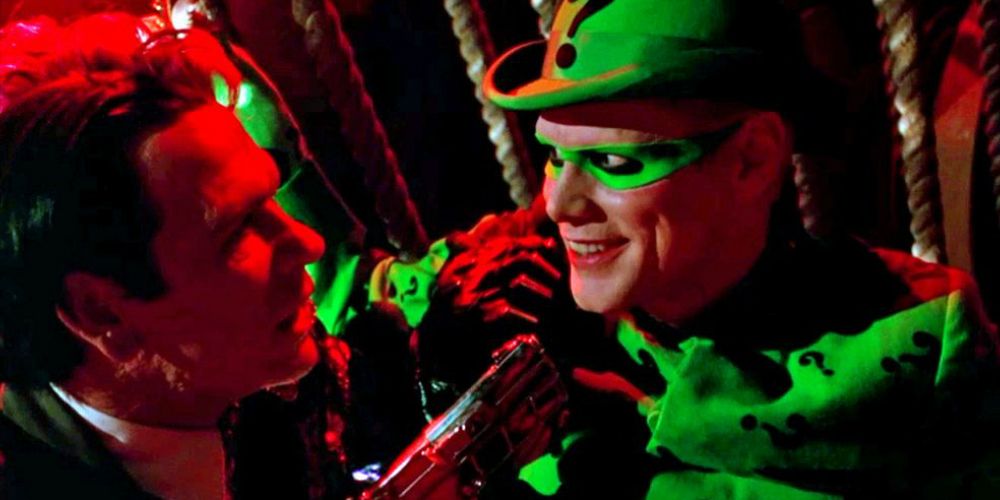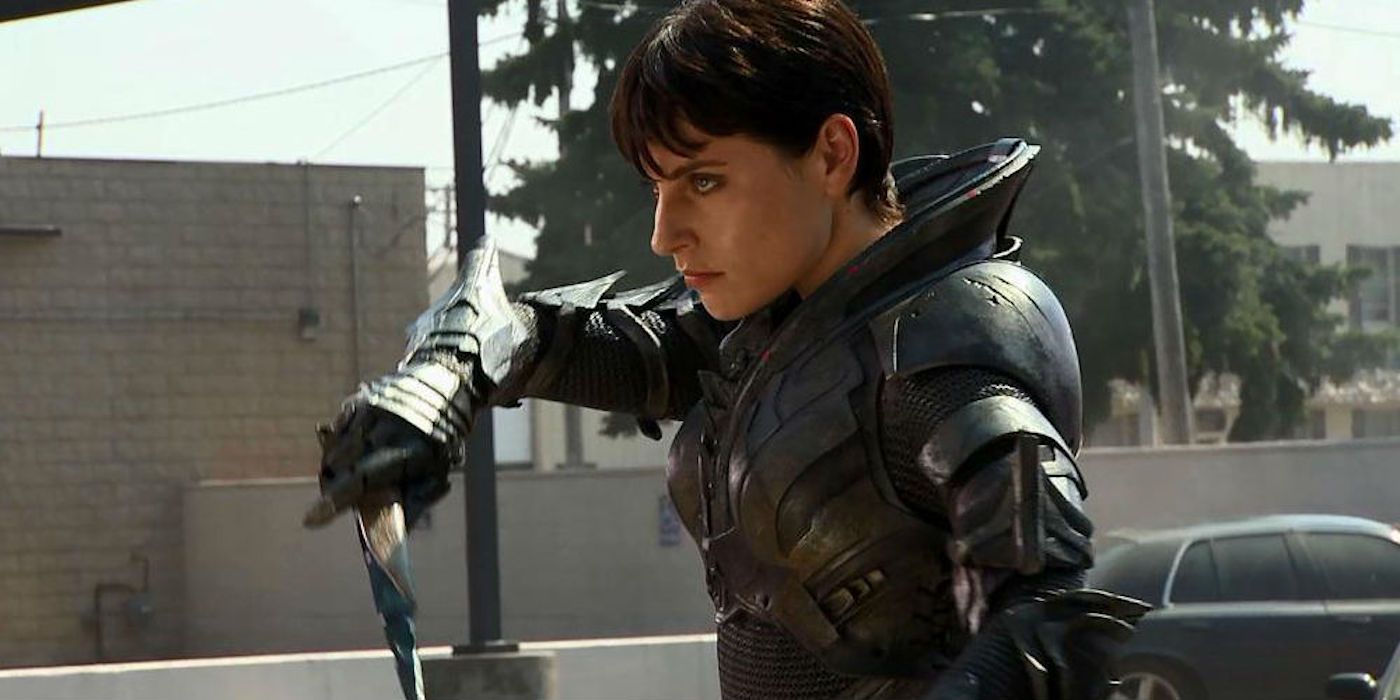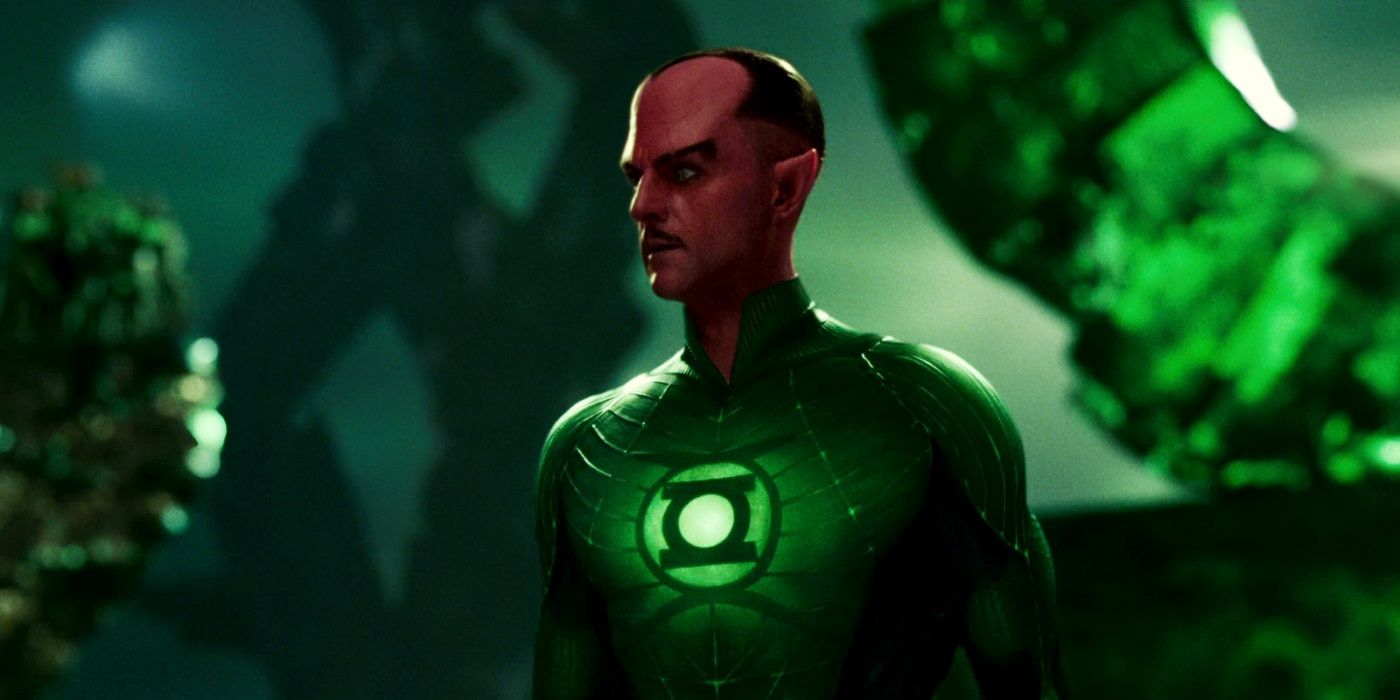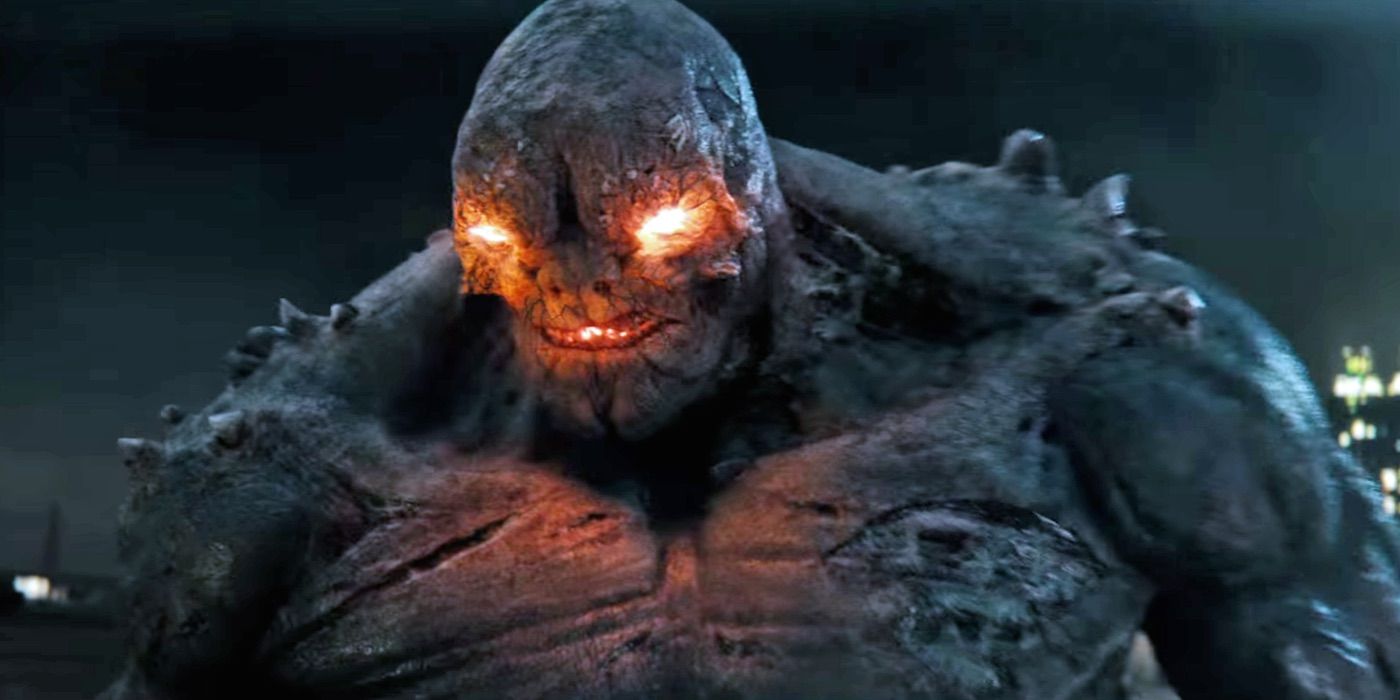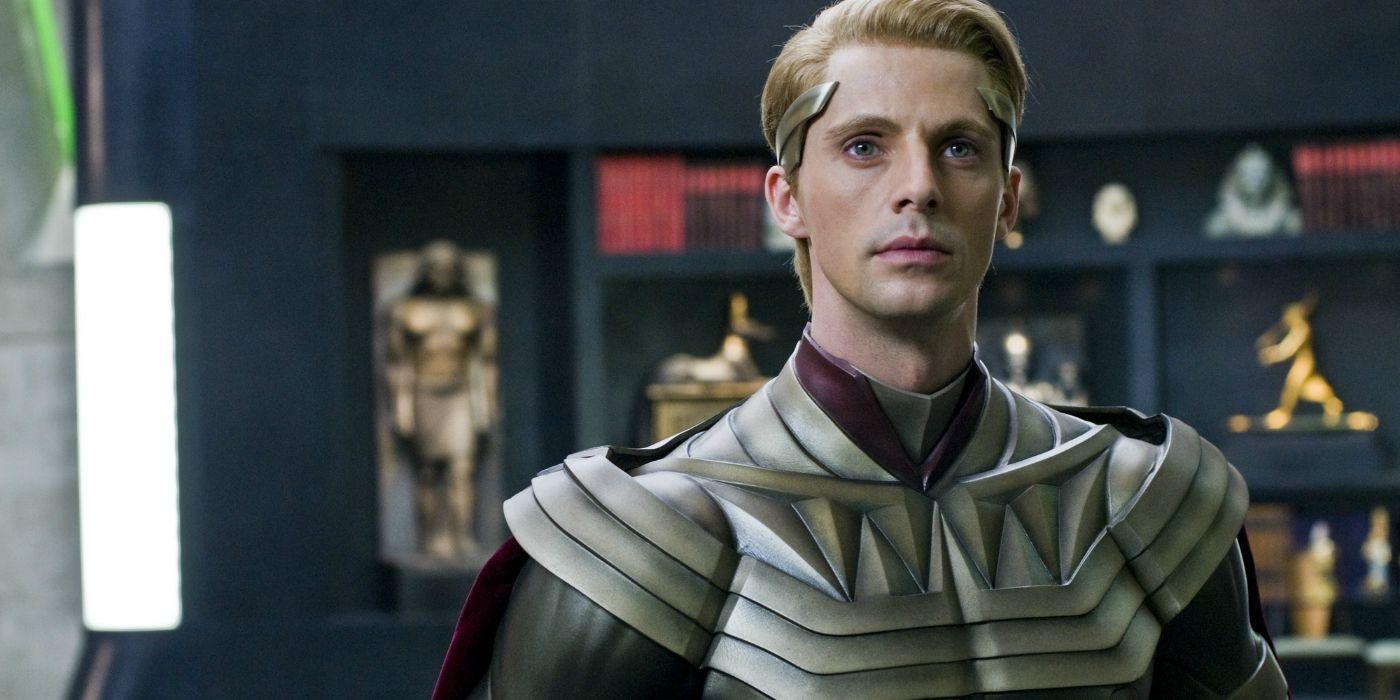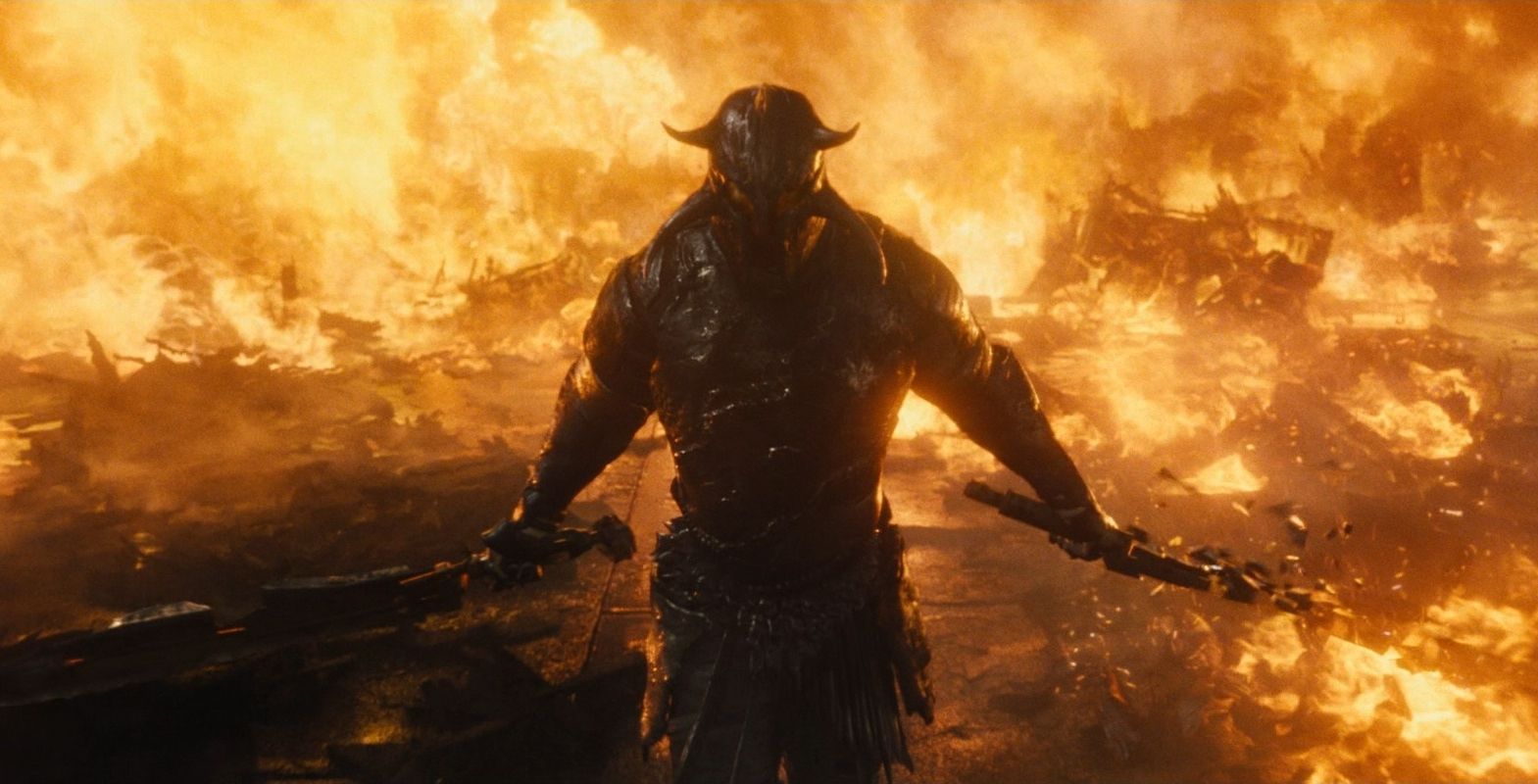Superhero movies prove an ever-driving force in the cinematic landscape and continue to dominate where many genre films have not. Carefree Marvel Studios films go toe-to-toe with the latest serious-minded DC Universe fare, while fans of either bemoan the myriad of ways in which their beloved characters are interpreted and brought to life on-screen. As superhero movies gain ever more momentum and popularity, they reveal the gross disparities between their narrative and their source materials. It isn’t enough to ensure that a superhero is depicted factually from their comic book iteration; their foes need to properly reflect their narrative as well. Supervillains have just as intricate of character histories as superheroes, often woefully simplified in favor of audience-pleasing stories that can be easily followed. But these formulaic approaches don’t suit a supervillain’s construct.
They may please a studio executive, but they will illicit derision from long time fans who have longingly wanted to see how their favorite Big Bad would be represented on the big screen. Forget about getting every Batman and Superman correct; how about nailing down the supervillains? They don’t exist simply to further the hero’s journey to altruistic equilibrium. They don’t simply serve as foils for the good guy -- they perceive themselves as the heroes of their own stories, and their motivations are just as important. Hollywood has endeavored to prop up secondary villains as well as make a mockery of the strongest villains comic fandom has to offer.
17 STEPPENWOLF
As the Big Bad of the Justice League movie, Steppenwolf needed to be intimidating and powerful on an epic scale. To get Wonder Woman, Batman, The Flash, Cyborg, and Superman to take him on, audiences needed to believe he was a real threat. What he ended up being was anything but.
The uncle of Darkseid and a New God in his own right, Steppenwolf survived Doomsday, the creature that once killed Superman. In Justice League, his size is never nailed down (sometimes he’s as big as a building, other times only a few heads taller than Superman), his powers are not above fist fighting Aquaman, and the poor CG used to render him makes him look like Davy Jones and a barnacle had a lovechild.
16 DOCTOR POISON
An ancillary villain in Wonder Woman, Doctor Poison was a main nemesis of Diana Prince’s for decades before she finally made her big screen debut. The original Doctor Poison was a Japanese princess name Maru who, after disguising herself as a man to work for a Nazi spy ring, made a concoction that when drank makes an individual do the exact opposite of what they’re told.
In the Wonder Woman comics, Dr. Poison has gone through several origin stories, each one placing her as a different ethnicity with different motivations. Wonder Woman was a chance to explore the character’s complex history, but in the end, Dr. Poison’s plot was pushed aside in favor of the conflict with Ares.
15 DEADSHOT
When Suicide Squad debuted in theaters, it was received with equal parts anticipation and revulsion. Resembling a hot take on a Joel Schumacher-era Batman movie, it’s technicolor palette and soundtrack couldn’t hide the fact that it was a story about DC’s second rate villains. The leader of those was Deadshot, a master sniper who “never misses a shot”.
One of the most fascinating things about Deadshot’s character in the comics is his cavalier approach to death. He wants to die in the most fantastic way possible, which is his main motivation for joining the Suicide Squad. In the film, his major motivation is getting visitation rights with his son, which changes his character from a true anti-hero and villain into a family man.
14 THE JOKER
Though he was only in a handful of scenes and had ten minutes of screen time, The Joker very nearly stole Suicide Squad out from under every other villain. Even though big names were cast in the other parts, The Joker is the most recognizable of all the DC villains, and his antics are therefore more interesting to the casual comic fan.
For those fans interested in seeing the latest take on the Clown Prince of Crime, they were disappointed with how small his role actually was. Not only that, but the “thug life” interpretation of his character, from the chest tattoos to the platinum grills in his teeth, made him seem too much like the lackeys he would employ as henchmen than the ringleader.
13 BANE
Up until Tom Hardy’s interpretation of Bane in The Dark Knight Rises, the character hadn’t exactly lived up to its full potential. In 1997, when Batman and Robin premiered, Bane debuted as a second tier villain and crony for Poison Ivy. The role was given to a professional wrestler, and Bane’s size was the biggest selling point.
In the comics, Bane was always extraordinarily intelligent, able to challenge Batman’s intellect as well as his physical strength. In Batman and Robin, Bane was a shuffling mongoloid incapable of speech, which was fine to sell action figures, but a great departure from the storyline of a character once credited with “breaking” Batman in more ways than one.
12 SCARECROW
Batman Begins introduced the world to Christopher Nolan’s exceptional take on Batman as a superhero positioned in a more real world context. It also showed a few villains from his rogues gallery that hadn’t gotten much screen time in previous Batman films, such as Scarecrow. While Ra's Al Ghul was the main antagonist of the film, the Scarecrow made his first appearance, continuing in The Dark Knight.
Scarecrow’s interest in fear and revenge came from being bullied in the comics, yet in Batman Begins he’s depicted as a pretty boy psychologist. He uses his trademark mask in therapy sessions, and his methods are depicted as highly unorthodox, when he’s supposed to be a well respected member of the psychological community.
11 LEX LUTHOR
As the main nemesis of Superman, Lex Luthor’s character history has been as varied as his adversary’s. In Batman v Superman: Dawn of Justice, he’s depicted as a socially awkward entrepreneurial millennial ala a social network mogul. He was meant to reflect the new face of organized crime the way that previous versions had presented him a wolf of Wall Street or corrupt business tycoon.
Lex Luthor has always been jealous of Superman and coveted his powers and notoriety. That’s why in the comics he’s usually drawn in proportions designed to match Superman’s, or in some sort of supersuit to give him an advantage. Making him a scrawny, babbling sociopath does little to convey that he’s a proper threat to either Superman or Batman.
10 PARALLAX
The Green Lantern movie suffered from a lot of problems, namely with dialogue, storyline, and special effects. One of its main concerns was showcasing a villain that was ominous enough of a threat to call the entire Lantern Corps to arms. The problem was the villain they chose was Parallax, a formless entity that simply preys on fear.
In the comics, Parallax is more of a Symbiote, taking over various hosts, and manipulating them with their own fear. It isn’t necessarily supposed to be a creature or a monster, and it doesn’t have human-based motivations. But the film apparently needed something for audiences to look at and identify with.
9 POISON IVY
Poison Ivy has always been one of the most intriguing villains in Batman’s rogues gallery. Her affinity with the natural world and the noble ennui of her environmentalist ambitions are at odds with her criminal nature. This wasn’t communicated very well in Batman and Robin, when she was largely reduced to a seductress that liked to wear green.
Poison Ivy is so named for her ability to kill someone with a kiss, and is as deadly as the plant from which she derives her name. However, she has other incredible powers as well, from making plants respond to her every command, to being able to create giant man-eating flora, none of which was communicated properly in the film.
8 DOCTOR HECTOR HAMMOND
Since the Green Lantern featured an incorporeal villain that was often simply a noxious green vapor, it needed a more human villain as well. Albeit a human with a ridiculously large cranium that resembled the birth defect of one of the Coneheads. Doctor Hector Hammond was a main nemesis of the Green Lantern in the comics, and made his big screen debut in 2011.
Unlike most supervillains, Hector Hammond didn’t use an alias (as if his egg-shaped noggin didn’t give his identity away anyway). Though he may be a super genius who can invent amazing machines and even astral project, some things don’t translate well from comics to film, and his character design was one of them.
7 THE ENCHANTRESS
Suicide Squad had a lot of villains in it, but one of them had to be the Big Bad against which everyone rallied. Enter Enchantress, the evil presence lurking inside June Moone, that eventually takes possession of her and gets her to unleash unspeakable chaos (also a very pissed off Ancient Egyptian God).
When Enchantress finally dominates the last third of the film, the built up anticipation falls flat when audiences realize she isn’t very intimidating. Trying to entrance each member of the team by promising to give them their greatest desire, she’s undone by Harley Quinn of all people with a simple bait and switch maneuver.
6 THE RIDDLER
Edward Nygma, known as The Riddler, is a study in keeping employees happy, because if they feel in any was disenfranchised, they may just come back to seek revenge on their former employers. The Riddler of Batman Forever, in this case played by Jim Carrey, was something of an evil genius trapped in a lab nerds body whose work is never appreciated by Wayne Enterprises.
Carrey played The Riddler for laughs, injecting his trademark zaniness into the part of a brilliant scientist and engineer. Unfortunately, the other villain Batman went up against (Two-Face, as played by Tommy Lee Jones) was just as campy, meaning there was no mystery as to why the movie failed to deliver credible villains.
5 FAORA
The lover of General Zod and a supervillain in her own right, Faora (also known as Ursa) has been handled a few different ways in her various iterations. She’s primarily known for being a man hater, and her crime against Krypton is often associated with the trait.
She’s always been known as a vicious general and competent fighter, but from Smallville, to Superman II, to Man of Steel, she’s been portrayed as a two-dimensional second tier villain that Hollywood continues to try to make happen even though executives refuse to make her more interesting or grant her more depth of character when it comes to motivation.
4 SINESTRO
While the Green Lantern movie was busy filling its narrative with more villains than it knew what to do with, Sinestro rose to prominence as one of the most identifiably conniving villains on-screen. Thaal Sinestro, an alien being from the Korugar planet of the Green Lantern sector 1417, distinguished himself as a part of the Green Lantern Corps, only to become a dictator in later years.
An individual granted the title of the “Greatest Green Lantern Ever” and possessing indomitable will appeared less than extraordinary when compared to Parallax. A power-hungry dictator, Sinestro proved that being a memorable villain required more than magenta skin.
3 DOOMSDAY
Doomsday is famous, most emphatically, for being one of the only beings in the universe who killed Superman in the comics. Genetically created from prehistoric Krypton material, he’s a colossal monster that was imperative in the 1992 storyline “The Death of Superman”.
This storyline was somewhat followed in Batman v Superman: Dawn of Justice, when Doomsday is created from genetic material from the deceased General Zod (whom Superman had killed in Man of Steel) and Lex Luthor, rather than through genetic engineering for years on prehistoric Krypton. The lack of contextual evidence makes Doomsday (and his demise) inconsequential. He made many more appearances in the comics, and was a mainstay nemesis for Superman even after he re-emerged from the grave.
2 OZYMANDIAS
Watchmen was a comic book movie that was either loved or hated by audiences, mostly due to the fact that the source material from which it was based tended to be highly intellectual and lengthy in its prose. Aside from waxing poetic, the themes it dwelled on were dark, complex, and turbulent for a graphic novel.
Ozymandias, or better known as Adrian Veidt, was a former member of the Watchmen team, now an outcast antagonist. He was one of the team’s smartest members, and a noted philanthropist even in his alter ego identity. It proved difficult to reconcile his demeanor as a hero with his demeanor as a villain, and the film lagged for those that wanted a more black and white approach to evil.
1 ARES
The anticipation for the most promising female-driven superhero movies in recent memory was palpable by the time Wonder Woman came out. Fans wanted to witness the origin story of one of the world’s most famous superheroes, and their excitement was rewarded in a highly successful telling. This was despite the lackluster adversary she faced who, despite being the God of War, came across as much less divine.
Despite being all powerful, Ares spends a vast majority of his time embodying a dithering member of the British war cabinet during WWII, only to emerge as his awe-inspiring self a third through the film, in which he retains the mustache from his pathetic human form, yet somehow grows teen feet in height and sports Roman centurion armor.

